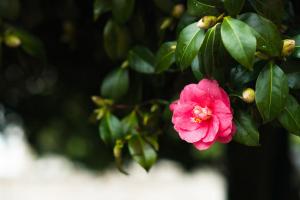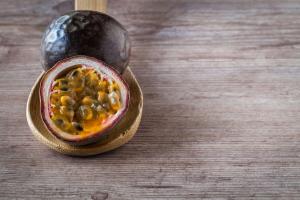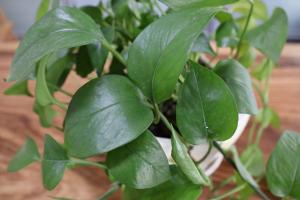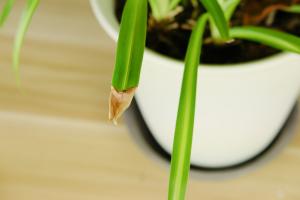Why is the Top of My Potted Plant Soil White?
There's nothing more frustrating than caring for a beloved plant, only to notice strange discoloration or growth on the soil's surface. When white spots appear on top of your potted plant soil, it's natural to wonder what's causing the change. After all, healthy soil isn't supposed to be white, right? Keep reading to learn more about why the top of your potted plant soil might be turning white, and what you can do to address the problem.
1. Mineral Buildup
One of the most common reasons for white soil on top of potted plants is mineral buildup. In some regions with hard water, it's common for minerals like calcium and magnesium to accumulate in potted soil over time. As the water in the soil evaporates, these minerals are left behind, forming a white crust on top of the soil surface. Mineral buildup isn't typically harmful to your plants, but it can indicate that you need to take extra care when watering. To avoid mineral buildup, try switching to distilled or filtered water or use a water softening agent if you have particularly hard water.
2. Fertilizer
Another reason for white soil on top of potted plants is fertilizer. If you use a white or light-colored fertilizer, residue from the fertilizer can sometimes collect on the soil surface, creating a white appearance. In most cases, this fertilizer residue is harmless and doesn't need to be removed. However, if you're concerned about the way it looks, you can try gently brushing the surface of the soil with a soft brush to remove any excess fertilizer residue. Regular watering can also help to flush out any accumulation of fertilizer in pots.
3. Powdery Mildew
If the white soil on top of your potted plants looks powdery or fuzzy, it might be an indication of powdery mildew. Powdery mildew is a fungal disease that can affect a variety of plants, including potted plants. It's characterized by a white or gray powder that covers the leaves and stems of the plant, and can also affect the soil surface. If your plant has powdery mildew, it's important to address it quickly to avoid spreading to other plants. You can try spraying the plant with a fungicide, or manually removing any affected leaves and stems. Improving air circulation and reducing humidity can also help prevent powdery mildew from occurring in the first place.
4. Salt Deposits
If you live in an area with very high soil salinity, you may notice white deposits on top of your potted plant soil. These salt deposits can occur naturally in some areas, or may result from heavy use of fertilizers or other products. High levels of salt can cause damage to plant roots, so it's important to address the issue as soon as possible. In some cases, you may need to repot your plant in fresh soil to remove the excess salt deposits. You can also try flushing the soil with clean water to remove some of the salt buildup, or use a salt-removing product specifically designed for potted plants.
Conclusion
While white soil on top of your potted plant might be worrying, it doesn't necessarily mean that your plant is in danger. By identifying the cause of the change in color and taking steps to address the issue, you can help your plant stay healthy and thriving for years to come. Whether it's mineral buildup, fertilizer residue, powdery mildew, or salt deposits, there are plenty of solutions available to help you keep your plants looking their best.

 how many times do yo...
how many times do yo... how many planted tre...
how many planted tre... how many pine trees ...
how many pine trees ... how many pecan trees...
how many pecan trees... how many plants comp...
how many plants comp... how many plants can ...
how many plants can ... how many plants and ...
how many plants and ... how many pepper plan...
how many pepper plan...
































